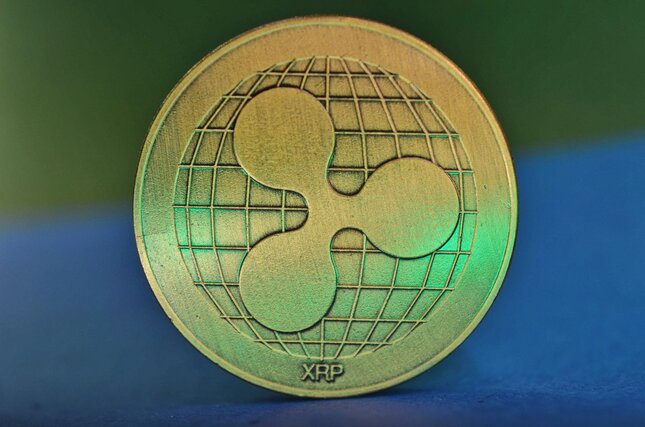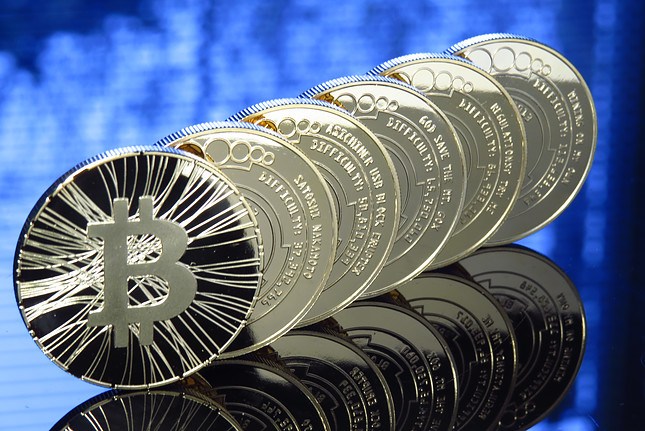In the cryptocurrency industry, there are currently two hot trends. On the one hand, there is DeFi, or decentralized finance. On the other, there are decentralized exchanges. Both segments intertwine for many different reasons, yet they are also very different from one another,
DeFi Needs Decentralized Exchanges
The ongoing growth of decentralized finance has not gone by unnoticed. There are dozens of different projects, all of which offer their own native token. The tokens are offered to liquidity providers as an incentive. However, these tokens do not have any value on their own, unless they can be traded on the open market.
It is at this point where decentralized exchanges play an increasing role of importance. A lot of DeFi tokens are best acquired shortly after their launch. That is, assuming a trader or speculator wants to make money from the token as quickly as possible. Most of these tokens are speculative in nature, with most traders not caring too much for the fundamentals of these coins.
Without decentralized exchanges - platforms such as Uniswap, 1Inch, Tokenlon, SushiSwap, JustSwap, and others - obtaining DeFi tokens would prove incredibly difficult. More specifically, users would have to provide liquidity to these DeFi platforms to get the tokens, as there would be no other avenue to explore. One also has to acknowledge that, without DEXes, trading DeFi tokens would be a nightmare more often than not.
Granted, there are some centralized exchanges that pay attention to listing new DeFi tokens. All of these platforms focus on legitimate projects, rather than just listing everything that comes their way.. These are primarily smaller trading platforms, but the likes of MXC, Binance, and even Coinbase cannot be ignored either. Eventually, the "cream of the crop" will find its way to centralized trading platforms. By the time this happens, its value may have exploded or collapsed already, though.
The Rug Pull Issue
Whereas decentralized exchanges facilitate DeFi token trading at an early stage, it is not an ideal situation either. Every benefit comes with a drawback, especially in the cryptocurrency space. There is no "free lunch" for anyone in this industry. As far as DeFi trading is concerned, the so-called "rug pulls" are becoming a lot more apparent in recent months.
When a rug pull occurs, two outcomes can be observed. First of all, it is likely the token will no longer have any liquidity to speak of, making it impossible for speculators to sell their assets.
Another possible outcome is how the creator of the token dumps the asset's price to $0, or close to it. When doing so, the creator will often drain any remaining liquidity from the trading pair on decentralized exchanges as well.
Rug pulls are very nasty, but unfortunately, all too common these days. In fact, one could state that decentralized exchanges facilitate this behavior. There are no "verifications" to carry out, and as such, no repercussions for this type of predatory behavior either.
No Trading Volume Competition
Going by the current statistics on CoinGecko, there is a genuine lack of DeFi token trading volume. More specifically, the DeFi volume - compared to global cryptocurrency trading volumes - is just 0.9%. This means less than 1 in 100 trades is for DeFi tokens. Such a statistic will not instill much confidence in decentralized finance overall.
Comparing the DEX trading volume to regular exchanges, there is no real sense of competition either. Decentralized exchanges tend to generate $500 million in daily volume on average. Centralized exchanges will, combined, often generate over $45 billion. Decentralized platforms are in a very different league in terms of numbers, users, and overall appeal.
Cross-Chain Liquidity is the Next Frontier
One potential way to make DEXes seem more appealing is by tapping into cross-chain liquidity and markets. One of the new platforms I keep my eye on, Chocoswap, shows what needs to change in this industry sooner rather than later. Instant transactions and low fees on a cross-chain asset exchange are things enthusiasts of all stature are actively looking for. Personally, I would like to see a lot more of these developments take place in the future.
Unlike other DEXes, it leverages a dual-token economic model through a utility token and a governance token. It is crucial for traders to distinguish between the two. Offering one token that “suits all purposes” is clearly the wrong approach in my book. Having separate solutions to achieve completely different goals can potentially help lower barriers to entry.
What really stands out to me is the ability to tap into different blockchains for liquidity. No decentralized exchange has been able to provide such functionality, even though it is clear as day there needs to be far more interoperability in this industry. In a way, Chocoswap positions itself as a DEX and DeFi solution rolled into one. While I have high expectations personally, it remains to be seen if this model is viable.
Closing Thoughts
Both decentralized finance and decentralized exchanges offer something the cryptocurrency industry can benefit from. At the same time, both concepts are entwined so closely, it almost makes one way of exploring either option. DeFi has started to get a bad name of sorts, primarily due to the growing number of rug pulls. As these tokens are primarily traded on DEXes, those platforms have to contend with worsening public perception as well.
At the same time, this rather negative outlook on both industries will not remain in place. It is my firm belief that both DeFi and DEX platforms can help transform the cryptocurrency industry for the better. During the initial stage - which we are in right now - there will always be growing pains and kinks to work out. Given enough time, these concerns can all be overcome and the industry will be better off for it.
The views and opinions expressed in this article are based on the authors' personal opinion and experience, and the information contained herein is not intended to be a source of advice or credit analysis with respect to the material presented, and the information and/or documents contained in this article do not constitute investment advice.
Recommended Content
Editors’ Picks

Dogecoin Price Forecast: Bulls deploy $355M in DOGE longs amid Gensler exit confirmation
Dogecoin price crossed $0.40 on Friday, after a weeklong consolidation that saw DOGE tumble 13% from last week’s peak. Derivative market reports link the DOGE rally to Gary Gensler’s imminent exit.

Crypto Today: XRP gains 10%, Cardano, XRP, and DOGE price rallies, delay Bitcoin’s $100K breakout
The global cryptocurrency sector pulled $230 million capital inflows on Friday, as markets reacted positively to news of SEC Chair Gary Gensler’s imminent exit.

Cardano Price Forecast: ADA could rally by another 30% as on-chain data signals bullish sentiment
Cardano (ADA) surged 24% to $0.98 on Friday following rising weekly active addresses, increased open interest and spot buying pressure.

Shiba Inu holders withdraw 1.67 trillion SHIB tokens from exchange
Shiba Inu trades slightly higher, around $0.000024, on Thursday after declining more than 5% the previous week. SHIB’s on-chain metrics project a bullish outlook as holders accumulate recent dips, and dormant wallets are on the move, all pointing to a recovery in the cards.

Bitcoin: Rally expected to continue as BTC nears $100K
Bitcoin (BTC) reached a new all-time high of $99,419, just inches away from the $100K milestone and has rallied over 9% so far this week. This bullish momentum was supported by the rising Bitcoin spot Exchange Traded Funds (ETF), which accounted for over $2.8 billion inflow until Thursday. BlackRock and Grayscale’s recent launch of the Bitcoin ETF options also fueled the rally this week.

Best Forex Brokers with Low Spreads
VERIFIED Low spreads are crucial for reducing trading costs. Explore top Forex brokers offering competitive spreads and high leverage. Compare options for EUR/USD, GBP/USD, USD/JPY, and Gold.